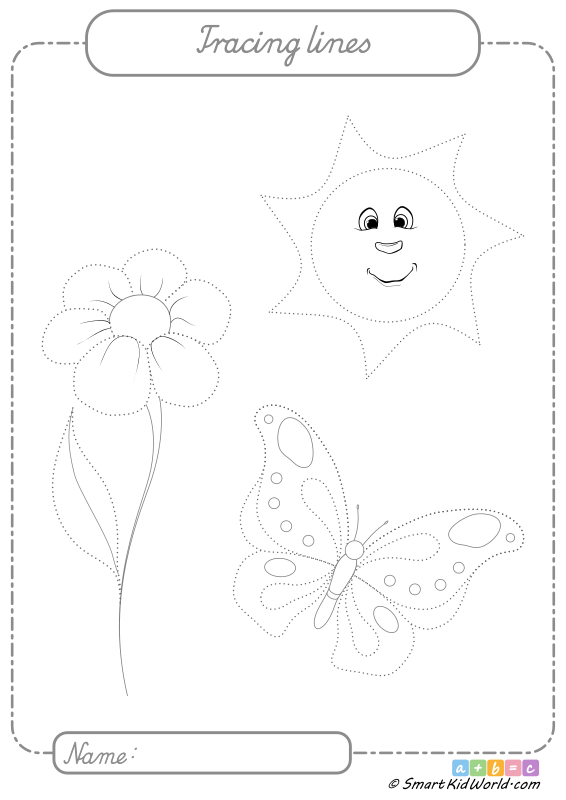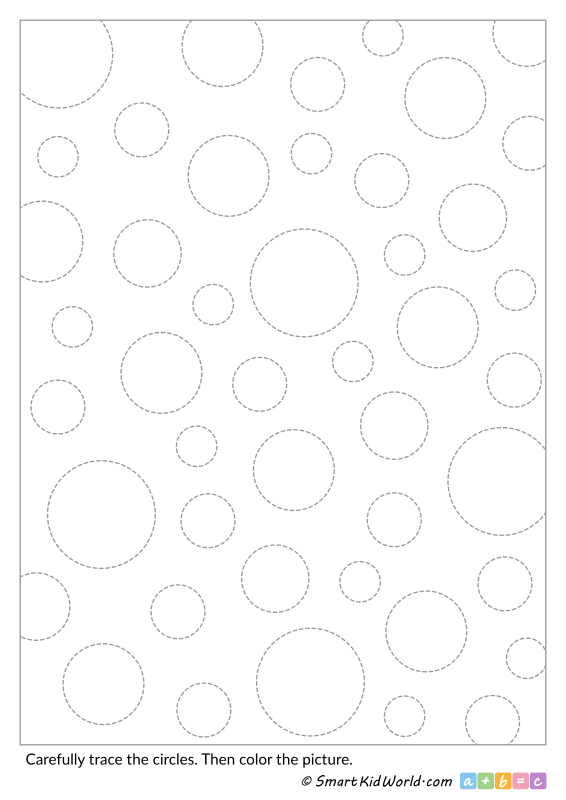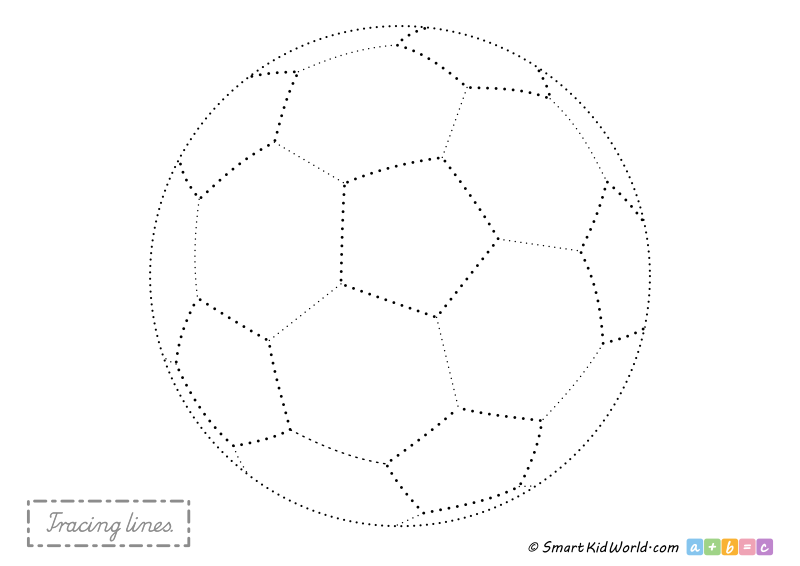Learning to write is a long and demanding process. Its success depends on many factors, among which is developed graphomotor skills. What is it? In short, it is a skill that allows you to use the acquired motor skills to write. We are talking about visual perception, motor coordination, and remembering spelling. We can say that we look, see and react accordingly to write letters, words and whole sentences.
One of the many exercises developing graphomotor skills is tracing. Drawings, patterns, and finally letters. ... read more
Jump to: NEW Tracing lines and pictures worksheets
Printable graphomotor exercises
Picture tracing worksheets
In this part of our website you will find pictures for tracing.
I have prepared drawings on various topics, for girls and boys. I think that many parents will find something interesting for their children here.
You will be able to choose sheets of varying difficulty to map. From simple drawings to quite complex ones with lots of details. Thematic drawings related to the seasons or sports disciplines, as well as graphomotor exercises consisting of geometric figures.
Tracing lines worksheets for kids
-

Tracing lines worksheets
In this section you will find tracing lines worksheets, thanks to which kids will be able to work on the development of their graphomotor skills.
The prepared worksheets are intended for children of various abilities. From simple patterns for preschoolers, with large lines and clear patterns to copy, to tracing lines for children at the early school stage. The latter correspond in size to the ruling in school notebooks.
-
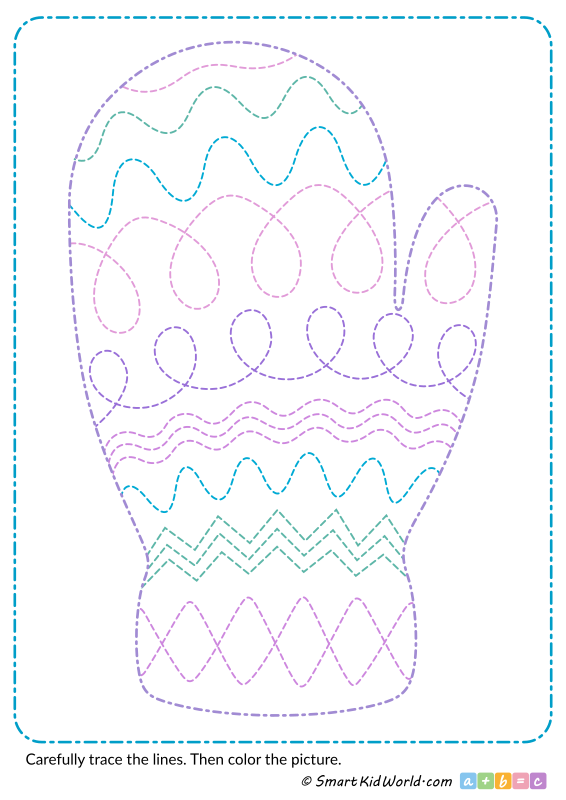
-
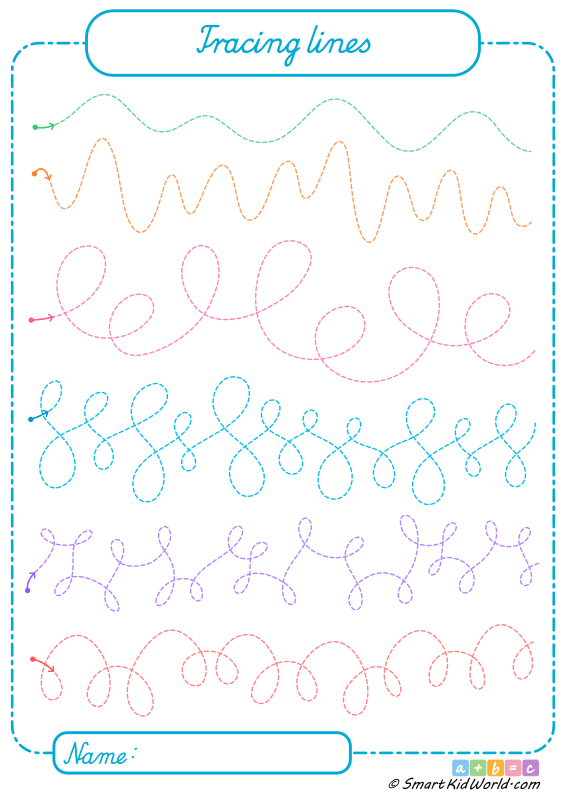
-
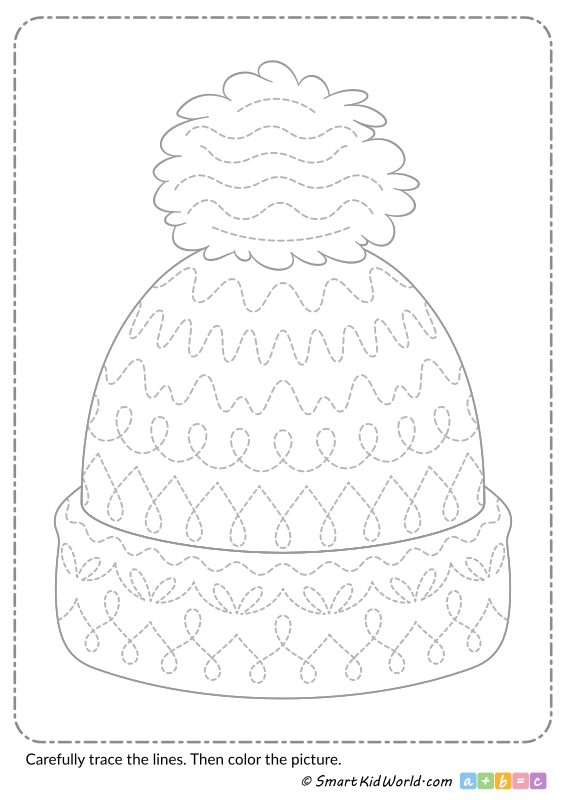
Graphomotor exercises by tracing lines
Tracing lines is a graphomotor exercise that helps children master the skills needed to learn to write. Its task is to develop the child's eye-hand coordination, improve control over the pen or crayon, fluidity of movements, not taking the hand off the page, as well as concentration needed for smooth writing. Mastering these skills translates into better learning results. And therefore, it also affects the intellectual and emotional development of the child.
This exercise consists of tracing certain shapes using a finger, marker, crayon or pen. These can be simple geometric figures, funny pictures, objects from everyday life, or finally patterns for kids and letters.
Precise tracing requires the child to focus attention and precise hand movement. Therefore, the first works of this type of many children differ significantly from the pattern. And there's nothing wrong with that. Over time and with another exercises, children develop their graphomotor skills. Thanks to this, further drawings become closer to the original.
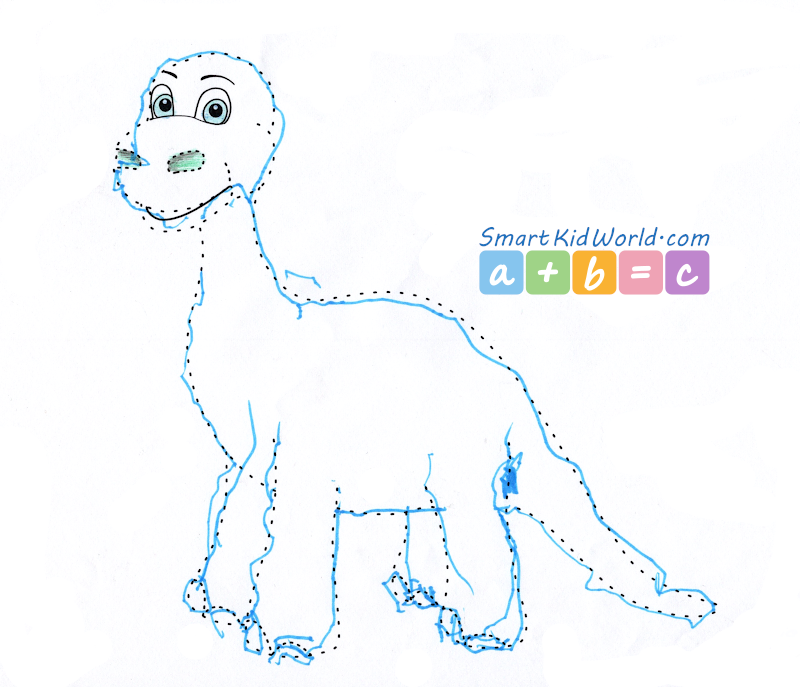
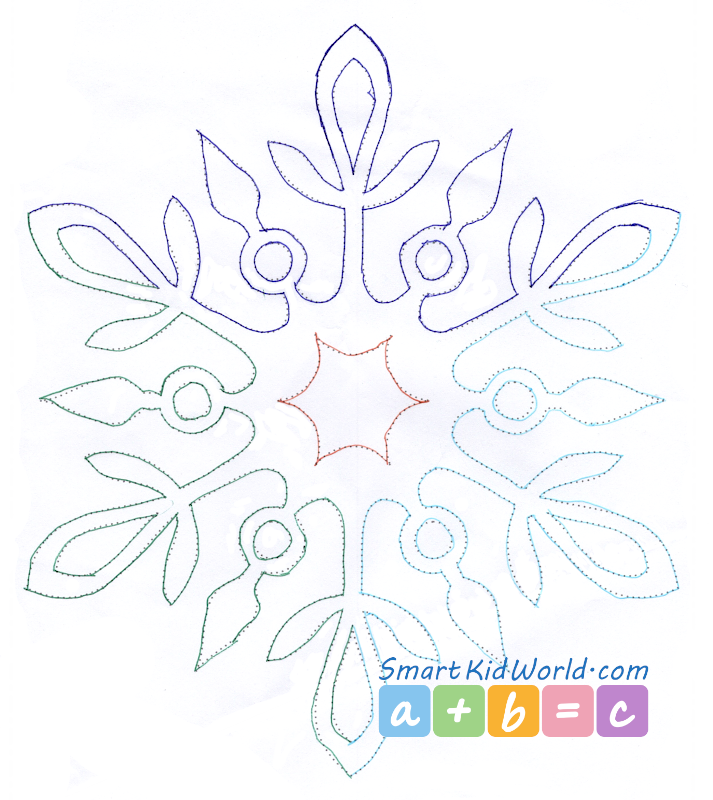
Over time, hand-eye coordination and precision of hand movements improve. During practice, children learn to properly hold crayons and felt-tip pens, and later pens. They master control over the pressure of the tool on the paper, which may initially result in broken styluses and writing tips stuck inside the felt-tip pen. But, perhaps, it will save some nib in the pen? It will definitely reduce the number of blots.
Mapping shapes is also an exercise to improve concentration. In order for a drawing or pattern to come out elegant, children must focus on the activities performed and control their attention. Sometimes despite many distractions, such as a dog demanding to play, the radio on, or classmates talking in class.
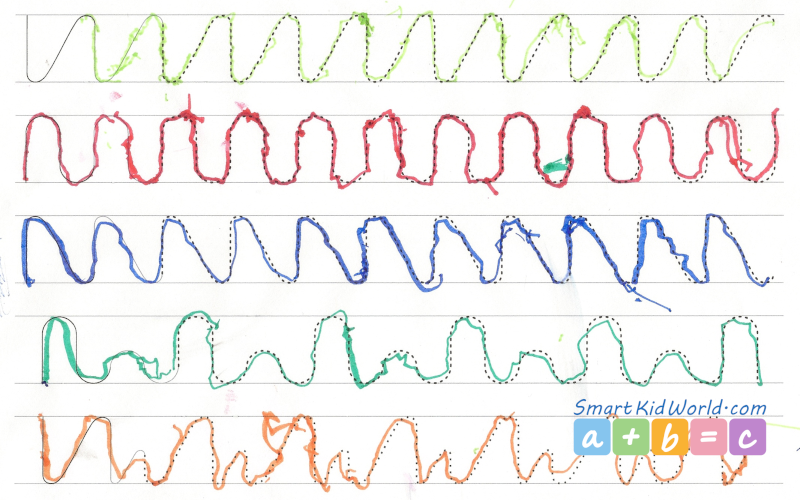
Doing the same task frequently, even if we change the source pattern for tracing, can discourage children to exercise. Therefore, while working on the development of graphomotor skills, it is worth using other graphomotor exercises as a diversion.
Other exercises supporting the development of graphomotor skills
As I mentioned earlier, tracing lines is not the only exercise that can help kids develop their graphomotor skills. However, it is most often used already at the stage of preparation for learning to write, with children with properly developed fine motor skills.
- Many other art and technical activities can be used for exercises supporting the development of graphomotor skills:
- Painting over and coloring are among the most frequently used and simplest exercises that can successfully do by children, teenagers, adults and seniors.
- Creating drawings or variations based on chosen inspiration.
- Drawing maps and game boards.
- Copying drawings by using tracing paper, illuminated glass (e.g. window pane), or even drawing on the foil in which the drawing-pattern is located.
- Redrawing drawings to the same size or scale, but without using copy tools or even aids such as a ruler, compass, or template.
In all this tracing and mapping, let's not forget about creativity. Tasks with a specific pattern are fun as an exercise in manual skills, however, it does little to shape creativity. It's an exercise in body control, after all.
Take time to have fun!
Latest tracing lines worksheets for kids
-
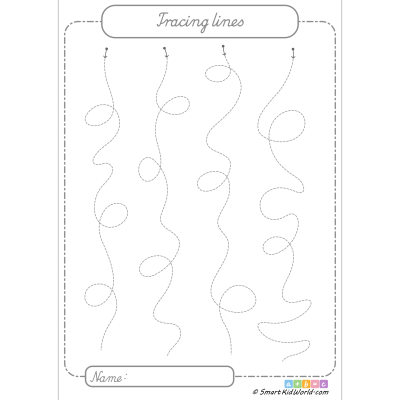
Loops and swirls – tracing lines for kids
Today we draw in a completely unusual way. Not only is there no ruling, but it is also vertical. For variety, I offer vertical tracing lines for kids that don’t have to fit into the designated track.
-
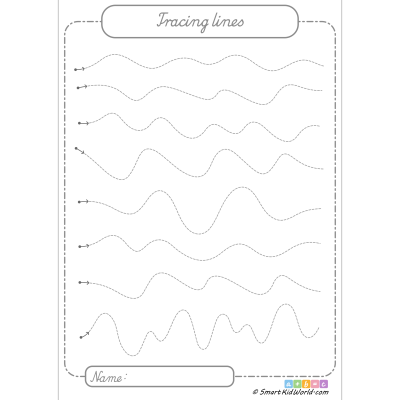
Irregular waves and curves – tracing lines for kids
Waves, hills and valleys. Today we will draw very uneven lines along the trace. Some are slightly disturbed, others are completely bent.
-
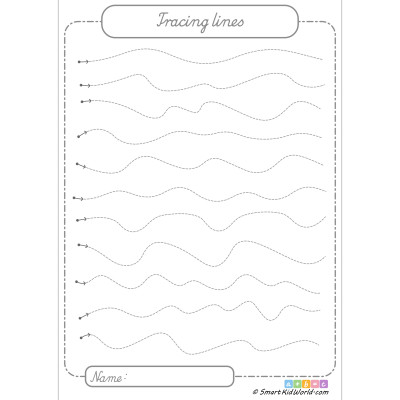
Irregular waves and curves – tracing lines for kids
There were already loops and swirls. This time we will play with waves and curves. A slightly simpler form of curved tracing lines for kids.
-
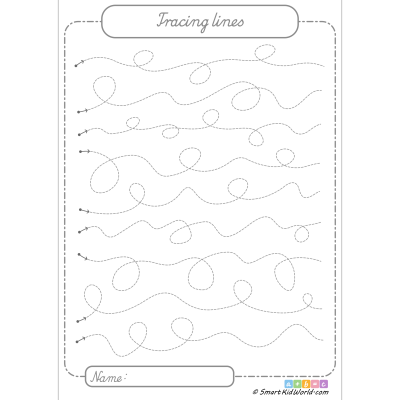
Loops and swirls – tracing lines for kids
Tracing loops continued. Today I prepared another worksheet containing tracing lines for kids with looped patterns.
-
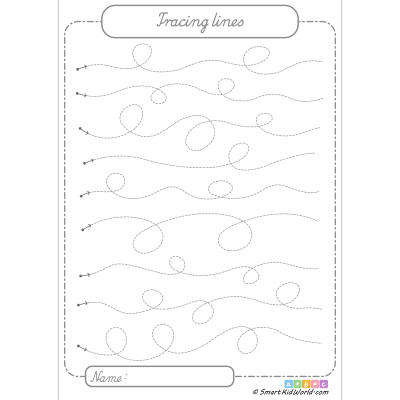
Loops and swirls – tracing lines for kids
We loop again. We will again draw crazy loops and swirls without rulings with the children.
-
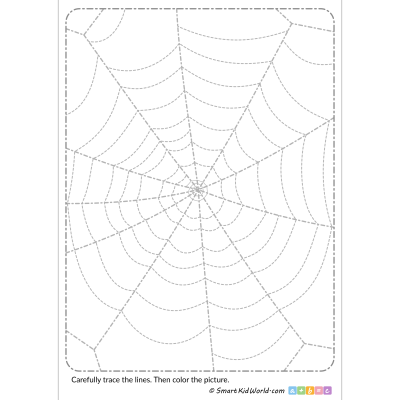
Cobweb – tracing lines and coloring
We invite you to trace a spider’s web for a little spider.
-
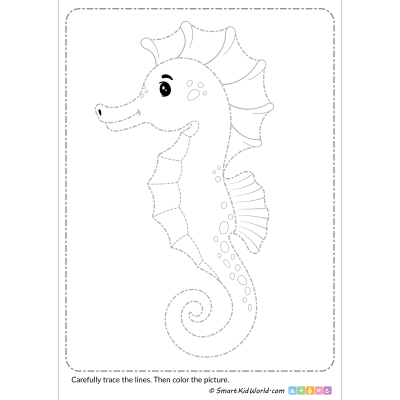
Seahorse – tracing lines and coloring
Another graphomotor exercise for children will take us on an underwater adventure. We will get closer to sea and ocean nature, represented here by the seahorse.
-
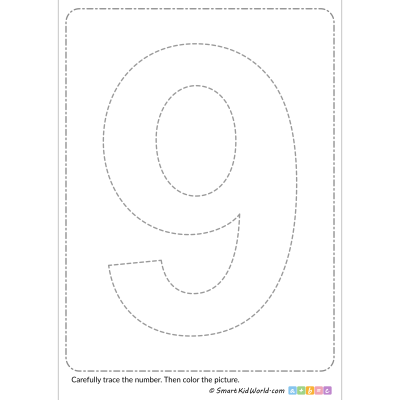
Number 9 for tracing and coloring
The last number for kids in this series of worksheets is the number 9, prepared as an outline template to be traced and colored.
-
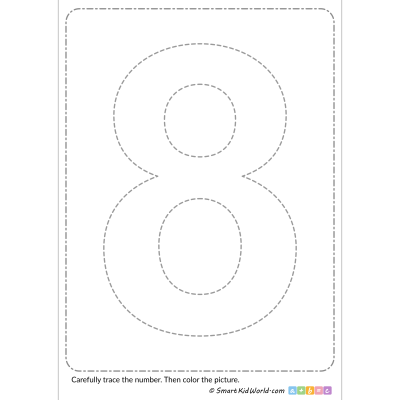
Number 8 for tracing and coloring
In this exercise, the main element is the number 8 drawn in outline. The children’s task is to trace its outline and color it.
-
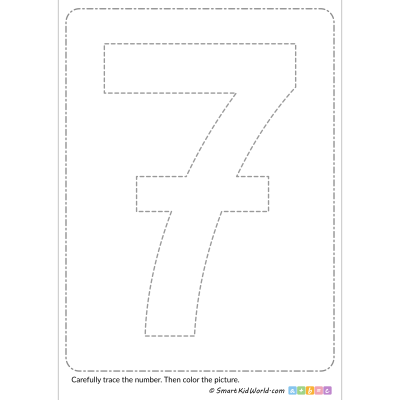
Number 7 for tracing and coloring
In this exercise, I offer you the outline number 7 as a template for tracing and coloring.
-
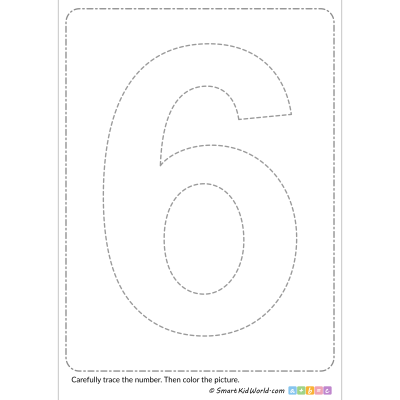
Number 6 for tracing and coloring
Another number for kids prepared for tracing contours and coloring the template is the number 6.
-
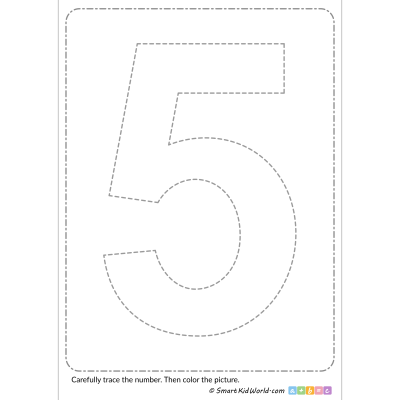
Number 5 for tracing and coloring
The next version of numbers for tracing and coloring includes a contour-drawn number 5.

